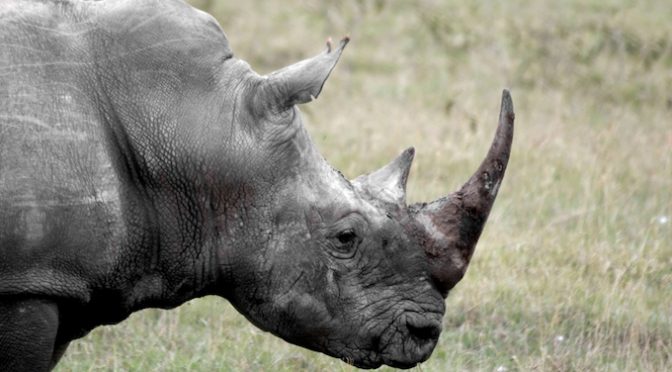Celebrating Plants and People
-
Ferns Playing With Catapults
If you are a stationary being such as a plant or a fungus, it’s in your best interest to devise a method of evicting your offspring in the most expedient and efficient way possible. For ferns with leptosporangia, that means launching them in the manner of a boulder addressed to the nearest crusader castle.
-
Vines Take Over The World
The biggest worry is that proliferating vines could reduce carbon storage. Forests lock up billions of tonnes of carbon in woody tissue, and when vines kill or suppress trees some of that carbon is released into the atmosphere. Studies in Panama and Amazonia suggest rampaging vines replace just a small fraction of the carbon they…
-
Monkeys Shop For Just The Right Tree To Sleep In
Two extensive studies of Indonesian primates suggest that factors in selecting trees each evening are site-specific and different for each species—and that some overnight spots result in conflicts between monkeys and humans.
-
Northern Forests Radically Altered By Deer
Where deer have been common, ferns and grasses — as well as several nonnative plants — have become more abundant. Deer greatly reduced regeneration of native trees, the growth of shrubs, the height of forest understory plants, and the abundance of flowering plants that are neither woody nor grassy.
-

After The Rhinos Are Extinct, What Becomes Of The Savanna?
Take away the rhinos from the landscape and, according to this research, the landscape will suffer.
-
Crafty Fruit Entices Chimps To Disperse Seeds All Day
They are set up so they will stay in the mouth for ages. By the time the chimp eventually spits out the seeds they have travelled a long way from the parent plant.
-
Invasive Ant Species Spread Invasive Plant Species
An invasive ant species that has become increasingly abundant in eastern North America not only takes over yards and delivers a nasty sting, it’s helping the spread of an invasive plant species. The ants are very effective dispersers of invasive plant seeds and new research suggests that together they could wreak havoc on native ecosystems.
-
Algae Cleans Waste Site, Producing Biofuel
If successful, the scientists believe the technology could be used to treat many forms of environmental pollution. The team has just received funding to take its work to Vietnam, where it will examine whether algae can be used to treat industrial effluent. A cheap, efficient way of cleaning up old mines would be eagerly sought…
-
Frankincense Farming A Ticket To Prosperity
The Ethiopian researchers did a detailed analysis of the costs and revenue of the tree resins and other non-timber forest products (like honey, firewood and grazing) and compared it to the value of nearby crops of sesame and cotton. They found that while farmers can make a living with the crops, the forest products are…
-
Mistletoe As Keystone Species
Three years after the mistletoe vanished, so had more than a third of the bird species, including those that fed on insects. Bird diversity is considered an indicator of overall diversity. Where mistletoe remained, bird species increased slightly. It was a similar story for some mammals and reptiles, but, in another surprise, particularly for those…
